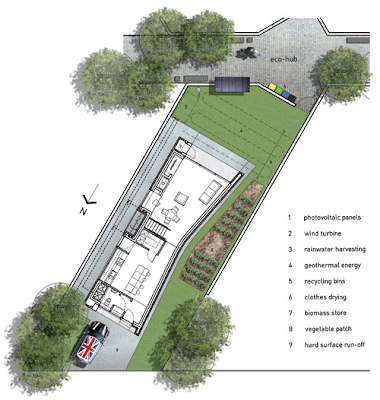
1) Select and purchase land to build on
It is important that you know your land restrictions (set backs, maximum size of house plan footprint), soil conditions (land suitable for building on), topography (if suitable for basement or slab foundation), easements, neighborhood (covenants), taxes, cost for site preparations, and other factors that may affect your decision on selecting house plans.
(2) Choose a builder
Take the time to find a home builder that you feel comfortable with. Get referrals from friends and family, check the Builder's background, and talk with previous customers of the builder. Talk to the builder about your needs and wants where both parties can understand what's expected of each.
(3) Develop a budget
Your primary purpose for preparing a budget is to understand and control costs. In order to create and stick with a budget you must be realistic about what you can afford and what can fit into a particular house plan and square footage. If you decide to upgrade on something that wasn't included in the original budget, be willing to give up or downgrade on some other aspect of the home construction in order to keep within budget. Bottom line, know how much house you can afford based on what you want the house to be.
(4) Level of design service needed
When deciding the level of service you need, develop realistic expectations of what stock house plans cost versus custom design house plans. Stock house plans are products ready for purchase and are inexpensive (average around $700.00) compared to custom design services. Stock house plans may or may not require modifications to meet all your design needs. If stock plans do not meet your expectations, then you may consider the services of a building designer for a custom home design. Custom home designs are labor intensive and take longer (several weeks at the least) to develop from concept to construction documents.


No comments:
Post a Comment